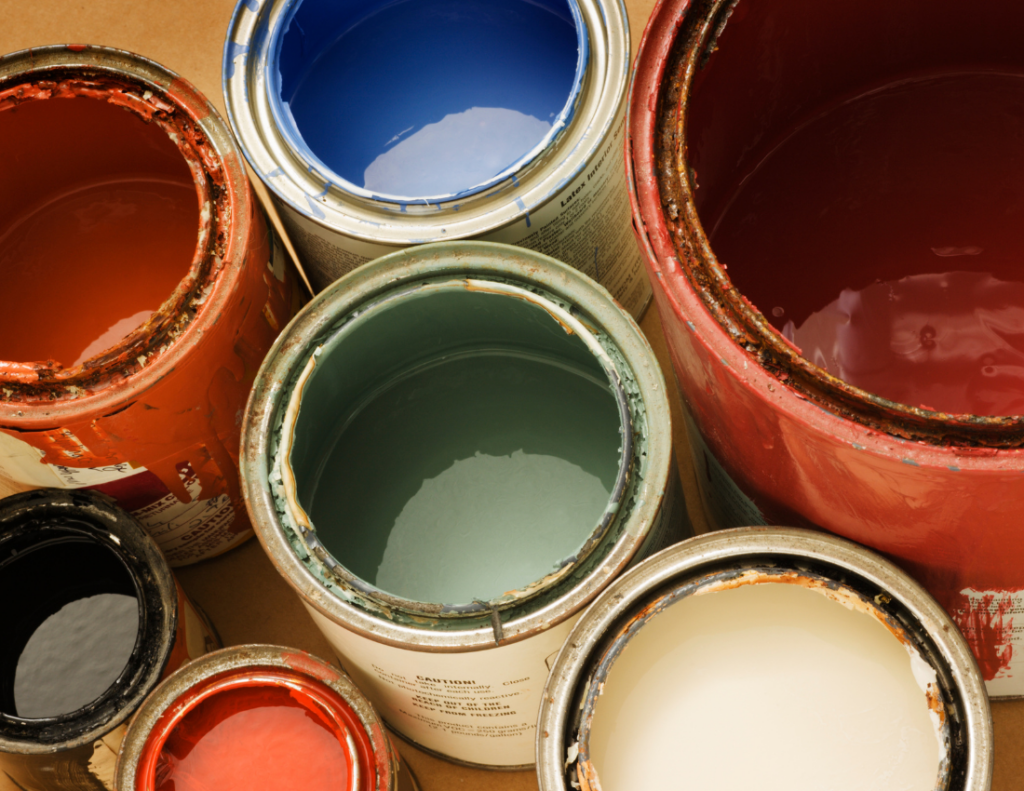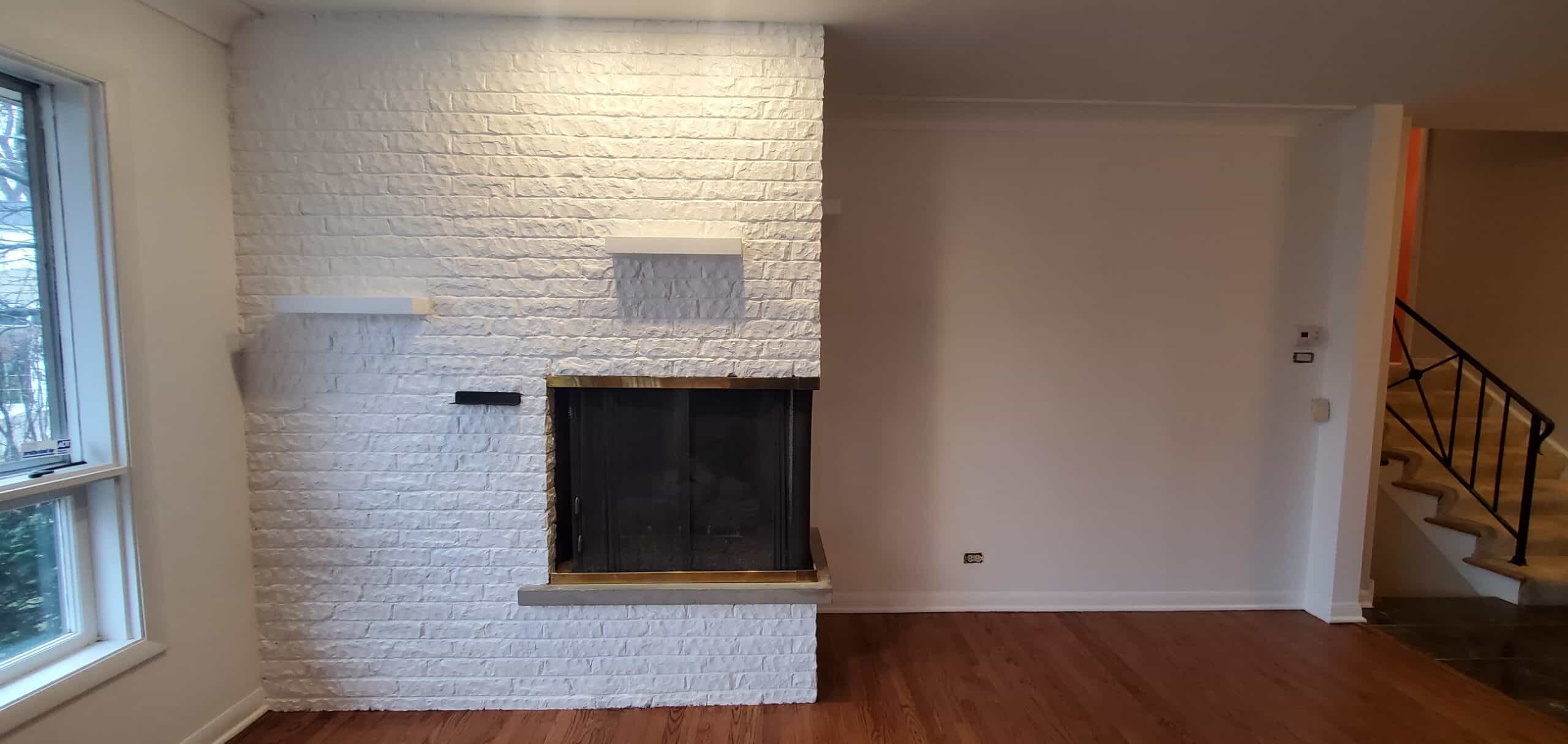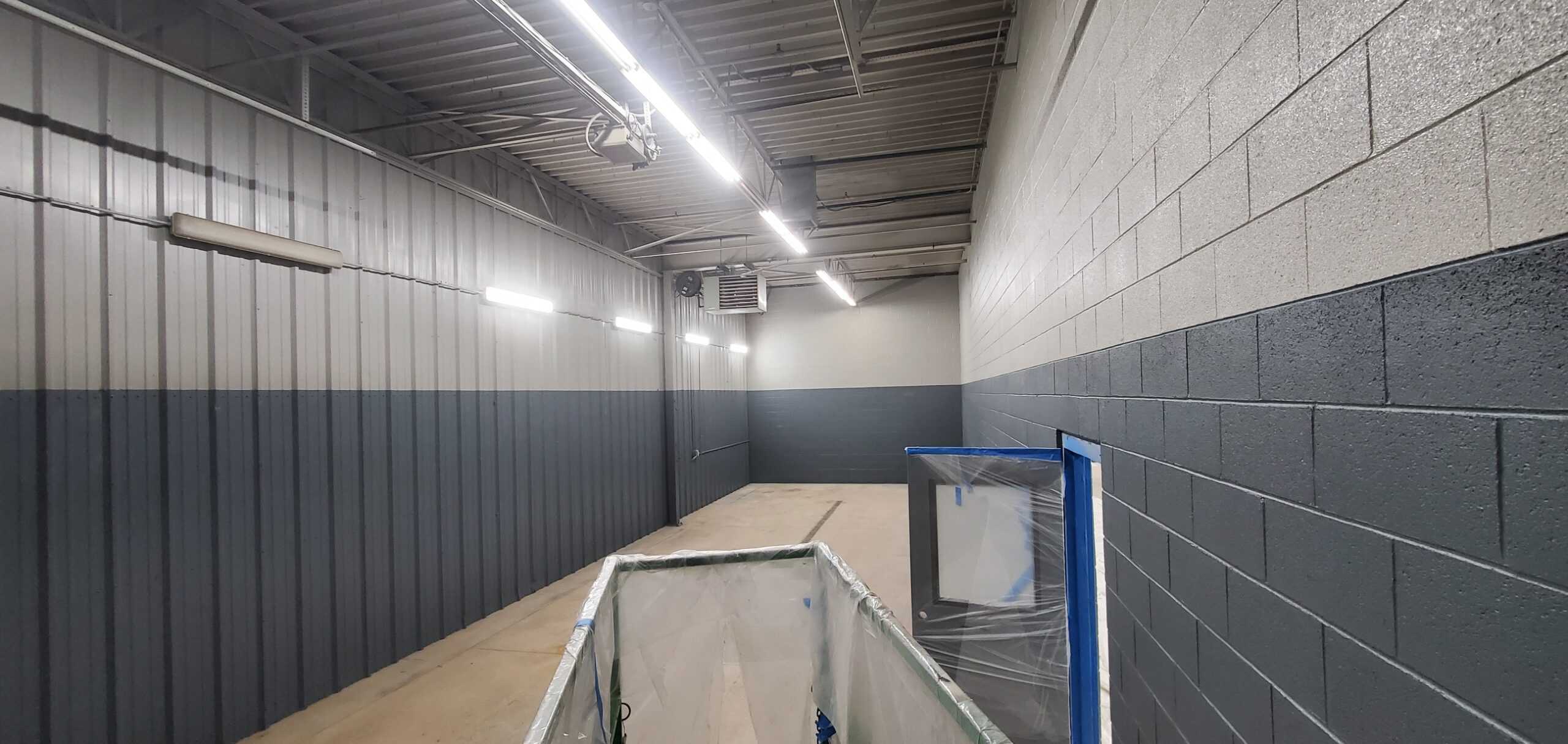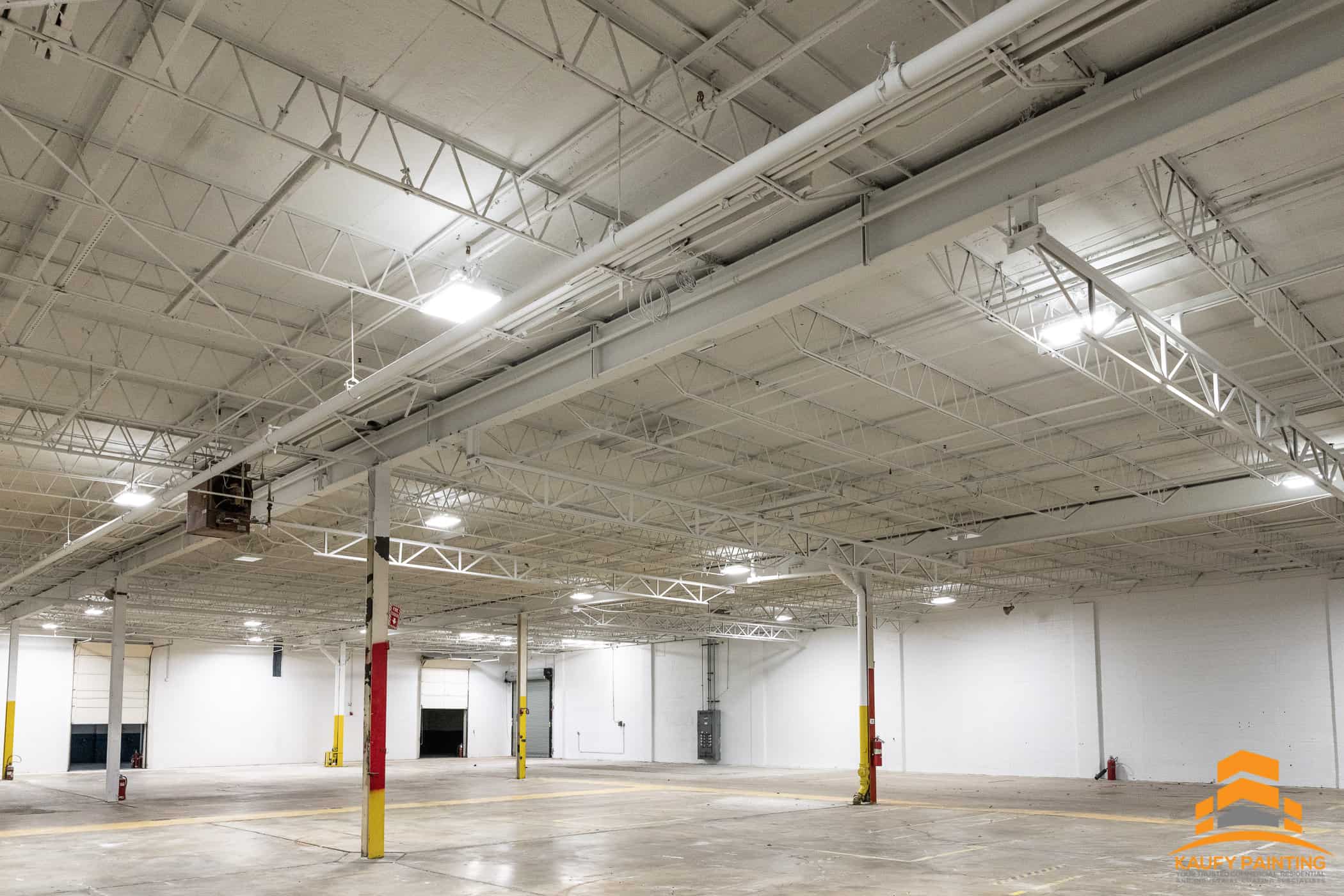Planning an interior painting project and trying to figure out how much paint to buy? That’s where a paint calculator comes in.
No more guesswork. No more extra trips to the store because you ran out of paint halfway through the room.
This blog will walk you through how the paint calculator works, what info you’ll need, and how to get the most accurate estimate for your space. Whether you’re painting a bedroom, kitchen, or entire interior, this guide helps make things easier.
Let’s walk through how to use the tool step by step.
Key Takeaways:
- Measure each wall’s length and height to calculate accurate square footage.
- Subtract door and window areas to avoid overestimating paint.
- Ceilings need separate measurements and can use more paint than expected.
- Two coats are standard, but the number can change based on paint type.
- The paint calculator simplifies estimating gallons needed for any room.

Paint Calculator
Our paint calculator is designed to help you figure out how much paint you need based on square footage, wall dimensions, number of windows, doors, number of coats, and whether you’re painting the ceiling.
It saves time, cuts down on waste, and makes your home improvement project smoother from the start. It’s built using a general rule: 1 gallon of paint covers about 350 square feet. That number can vary based on application method, surface texture, or type of interior paint, but it’s a solid baseline.
Let’s say you’re painting a standard bedroom or kitchen. Instead of overbuying or stretching that last quart too far, the calculator helps you land right in the sweet spot—enough paint to finish the job cleanly with the right number of coats.
Paint Calculator
Total Paint Needed:
0 Gallons
Disclaimer: This calculator offers a rough estimate for planning purposes. Actual paint coverage depends on surface condition, texture, and your application method. For most projects, one gallon typically covers up to 175 square feet per coat.
How to Use the Paint Calculator
Using the paint calculator is easy once you know what details to plug in. Here’s a simple step-by-step to follow:
1. Pick your room shape.
Choose from square, rectangle, or custom. If your space has an unusual layout or angles, go with custom so you can enter exact wall dimensions.
2. Measure your walls.
Use a tape measure to get the height and length of each wall. Round to the nearest inch or foot. If you’re using a custom layout, just add each wall one by one.
3. Enter number of windows and doors.
Count how many windows and doors are in the room. These get subtracted from the total wall area since you’re usually not painting them the same way as the walls.
4. Decide if you’re painting the ceiling.
If yes, check that option and enter the ceiling measurements (length × width). Don’t forget this step—ceilings can use more paint than you think.
5. Choose how many coats you need.
Stick with two coats unless you’re touching up or using high-pigment paint. Two coats of paint help even out the color and give you better durability.
6. Hit calculate.
That’s it. The calculator will show how many gallons of paint you’ll need based on your square footage and details you entered.
Once you’ve got your number, you can start shopping with confidence—or pass the info to your certified painter if you’re scheduling a professional interior or exterior painting project.
Room Shape and Dimensions
Every room starts with a shape. You’ll be able to select square, rectangle, or custom.
- A square room usually has four walls of equal length. Measure one wall, then your ceiling height, and multiply to get your square footage.
- Rectangle rooms are just as easy. Measure the two different wall lengths and your ceiling height. Add both lengths together, multiply by height, and that gives you the total square feet of wall space.
- For custom rooms, you’ll enter each wall’s dimensions separately. Some homes have angled walls or open-concept spaces, so this option helps account for every square foot.
The calculator automatically totals your surface area and subtracts for doors and windows, giving you a more realistic number.
Doors and Windows
Now this is where many people miss the mark. Standard doors are around 20 square feet, and a window is about 15 square feet.
These aren’t usually painted the same way as walls, so they get subtracted from the overall measurement.
You just input how many doors and windows are in the room, and the calculator takes care of the rest.
If you’re painting the trim or adding color to your window frames, that’s a different ballgame. You’ll want to adjust separately or talk to a certified painter for advice on those details.
Ceiling Paint
Deciding to paint the ceiling? It makes a difference.
Ceilings are calculated by multiplying the length and width of the room—just like the floor. For example, a bathroom that’s 8 by 10 feet will have an 80 square foot ceiling.
If you’re doing two coats, you’ll need to double that number when checking how much paint you’ll use.
Painting ceilings can also affect how the color in the room appears. If you’re not sure what sheen or finish to choose up there, check out different paint sheens for a breakdown.
Number of Coats
By default, most paint projects call for two coats. This helps with full coverage and color accuracy, especially if you’re covering up darker walls or painting new drywall.
If you’re just touching up or using the same color over a wall, one coat might do. But for anything new or dramatic, two is usually your best bet.
Need help figuring out if your primer counts as a coat or if it’s necessary? We broke that down here in how many coats of primer you need.
Also, don’t forget: if you’re using a sprayer, you might use a bit more paint. Sprayers can waste up to 30% more than using a brush or roller.
For Example
Let’s say you have a 12 by 12 bedroom with 8-foot ceilings, two windows, and one door. You’re doing two coats and not painting the ceiling.
You’d measure your walls, plug in the dimensions, subtract the door and windows, and the paint calculator will tell you how many gallons you need.
It’s that simple. No need to guess if you need 1 gallon or 3.
Conclusion
The paint calculator makes it easier to plan and buy exactly what you need. No extra runs to the store. No wasted half-used cans sitting in your garage.
By measuring accurately, factoring in doors, windows, and coats, and using the calculator properly, you’ll save time and get better results. Whether you’re tackling a kitchen, living room, or bathroom, this guide gives you the head start you need.
Here’s what working with J&B Painting looks like:
- We measure your square footage and surfaces with precision
- Help you pick the right interior or exterior painting product
- Walk you through color, finish, and even wood stain choices
- Give you a clear estimate with no guesswork
- Always use high-quality paints like PPG Industries for long-lasting results
- Handle prep, paint, and cleanup
Need help figuring it all out? Let’s talk!
Call J&B Painting today for your FREE estimate in Livonia, Northville, Novi, MI and the surrounding areas. Reach us at 248-629-2458.




